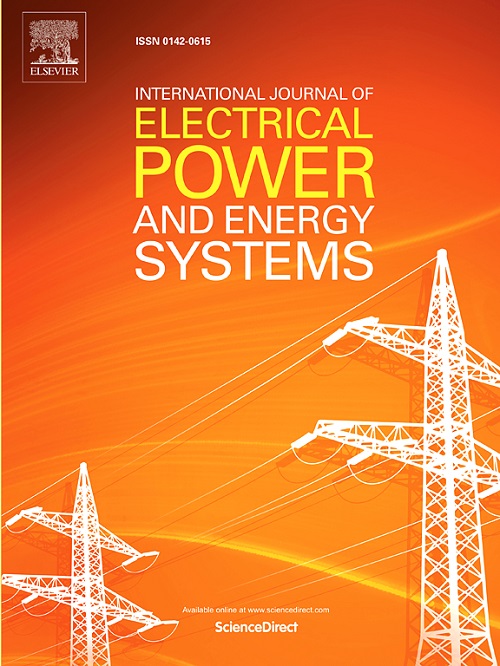Predicting electricity supply and demand curves with functional data techniques
IF 5
2区 工程技术
Q1 ENGINEERING, ELECTRICAL & ELECTRONIC
International Journal of Electrical Power & Energy Systems
Pub Date : 2025-03-08
DOI:10.1016/j.ijepes.2025.110561
引用次数: 0
Abstract
The profitability of electricity companies in Europe, especially in Spain, has been declining due to the poor performance of liberalized activities (generation and commercialization). This decline is caused by reduced demand, decreased investment, and asset value loss from the economy’s decarbonization. In this context, precise forecasts of hourly supply and demand curves, as well as hourly prices in the wholesale electricity market, are crucial for optimizing energy buying and selling strategies.
This work focuses on the daily Spanish spot market, where energy is traded for the 24 h of the following day. This market is crucial as it accounts for the highest volume of energy traded, contributing the most to the final electricity price (88.7% in 2023, according to the Spanish System Operator). Optimizing strategies in this market can significantly improve participants’ economic outcomes.
Despite extensive study, there is still room for improvement. This paper proposes predicting hourly supply and demand curves and the matching price and matching energy for the following day using various functional analysis techniques. It combines functional analysis and machine learning techniques, incorporates seasonal and regular lags due to the strong dependency found between consecutive hours, and includes meteorological information from eight variables across Spanish provinces. Additionally, we do not assume smooth curves, leading to more realistic predictions. Finally, predictions are adjusted with the closest training set curve. The extensive backtesting results highlight the importance of considering all these aspects to reduce prediction errors for curves and hourly prices and energies.
求助全文
约1分钟内获得全文
求助全文
来源期刊
CiteScore
12.10
自引率
17.30%
发文量
1022
审稿时长
51 days
期刊介绍:
The journal covers theoretical developments in electrical power and energy systems and their applications. The coverage embraces: generation and network planning; reliability; long and short term operation; expert systems; neural networks; object oriented systems; system control centres; database and information systems; stock and parameter estimation; system security and adequacy; network theory, modelling and computation; small and large system dynamics; dynamic model identification; on-line control including load and switching control; protection; distribution systems; energy economics; impact of non-conventional systems; and man-machine interfaces.
As well as original research papers, the journal publishes short contributions, book reviews and conference reports. All papers are peer-reviewed by at least two referees.

 求助内容:
求助内容: 应助结果提醒方式:
应助结果提醒方式:


